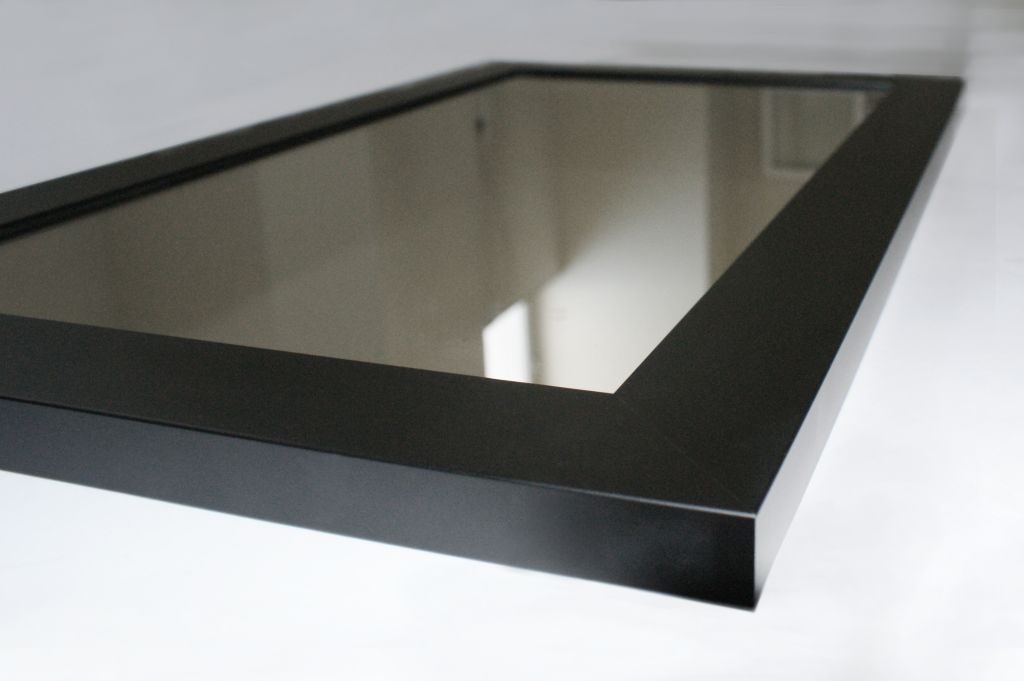

If that is not available either, then wear dull, black clothing, including a skull cap or simlar and keep the face behind the camera. If the computer or remote shutter is not available use the temporizer. Also remove/cover any shiny objects in front of the artwork. If necesary, cover the camera or tripod's shiny spots with something matt black. This is to avoid unwanted movement of the camera and to avoid my own reflection on the glass. I Use a tripod and fire the camera using a computer and a usb cable. Partly close the barn doors to limit light output so it falls only on the painting.

Lamp heads would be at the height of the horizontal centerline of the piece. It means, 2 simetrical lamps, one at each side and at the same distance from the front and from the sides of the artwork.įor example, if dealing with a 1 meter wide painting, lamps would be rougly 1 meter in front of the painting and 1 meter away from the edge of the painting. Also, as the other answers point out, place the lights a 45 degree or more relative to the line from the lens to the center of the artwork. This helps a lot against unwanted reflections. If such room is not accesible, wich is my case, I use a black backdrop BEHIND the camera. If possible, do this in a room that has black walls and no windows. I happen to frequently photograph artwork, including framed and with glass. You can make any lightsource directional by placing opaque objects around it to block the light in certain directions. The moral of the story is to make sure you can't see the reflection of the lightsource in the glass when stood behind the camera, and try to limit what the light hits (ideally it should hit nothing but the painting). This often happens when you have a white wall behind the camera, as in the above example. The important thing is to use a directional source, as it's possible for light from your lightsource to bounce of a white wall, and hit the glass at an angle that does go down the lens, and this shows up as flare. In the setup above, the light from a directional source hits the glass and carries on, missing the camera, thus the glass isn't visible! The same light hits the painting and some of it does get reflected into the camera so the painting does show up. The painting, which is diffuse reflects some light this way, and reflects some light back in every direction. Glass and other shiny objects reflect light back in one direction (like a ball bouncing off a wall). You want to make sure that when you look at the picture through the camera neither the reflection of the lightsource or anything lit by your lightsource is visible. When it comes to glass it's all about lighting direction.


 0 kommentar(er)
0 kommentar(er)
